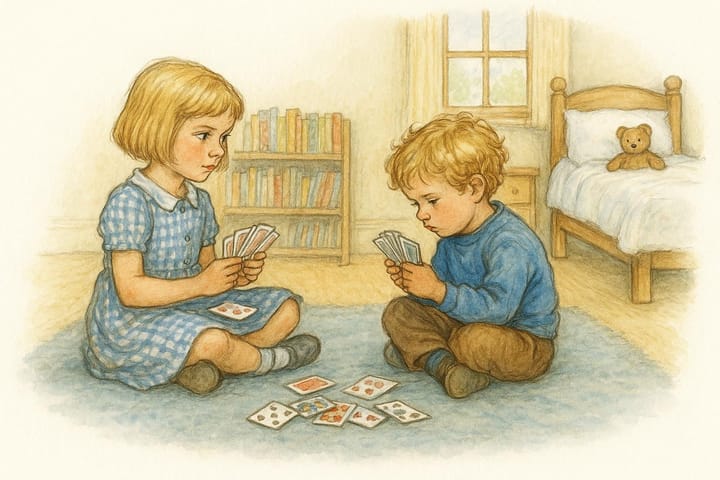Thinking beyond the brain
Where does the mind stop and the rest of the world begin? Why can we think better when we put things down on paper or rearrange Post-Its on a board? It's all to do with the Extended Mind.

What’s 864 divided by 27?
No, don’t check the calculator on your phone.
Do it in your head.
Really try. Do it now.
Did you get stuck partway? Did you find yourself whispering the numbers or mouthing steps of the calculation? Maybe you even reached for a piece of paper to scribble it down.
This is the extended mind at work - thinking shaped by the world around you. The paper, the calculator, or even the quiet whispering of numbers are all external aids that help you think in ways you couldn’t manage internally.
Now try this:
Take a Scrabble rack and seven letters. Try to make the best word you can. Did you do it in your head? Or did you have to pick up the tiles, move them around, and test different arrangements? Most of us struggle to see the possibilities without switching the pieces.
Again, it’s the extended mind: you’re using the materials and context around you to scaffold your thinking.
Thinking outside your head
In 1998, two philosophers, Andy Clark and David Chalmers, wrote a paper called The Extended Mind. It sparked fierce debate and it has been hugely influential, especially in schools.
The paper begins with a question:
Where does the mind stop and the rest of the world begin?
They argue that our minds don’t work in isolation; instead, they extend into the world through tools, objects and social interactions.
But what does that mean?
It means we think better when we have props to relieve the cognitive burden.
An impossible task is now within reach because we have help.
This week we look at how stepping away from screens and engaging with real-world materials gives your child the chance to take full advantage of this superpower. In fact, it’s the only way to do it.


